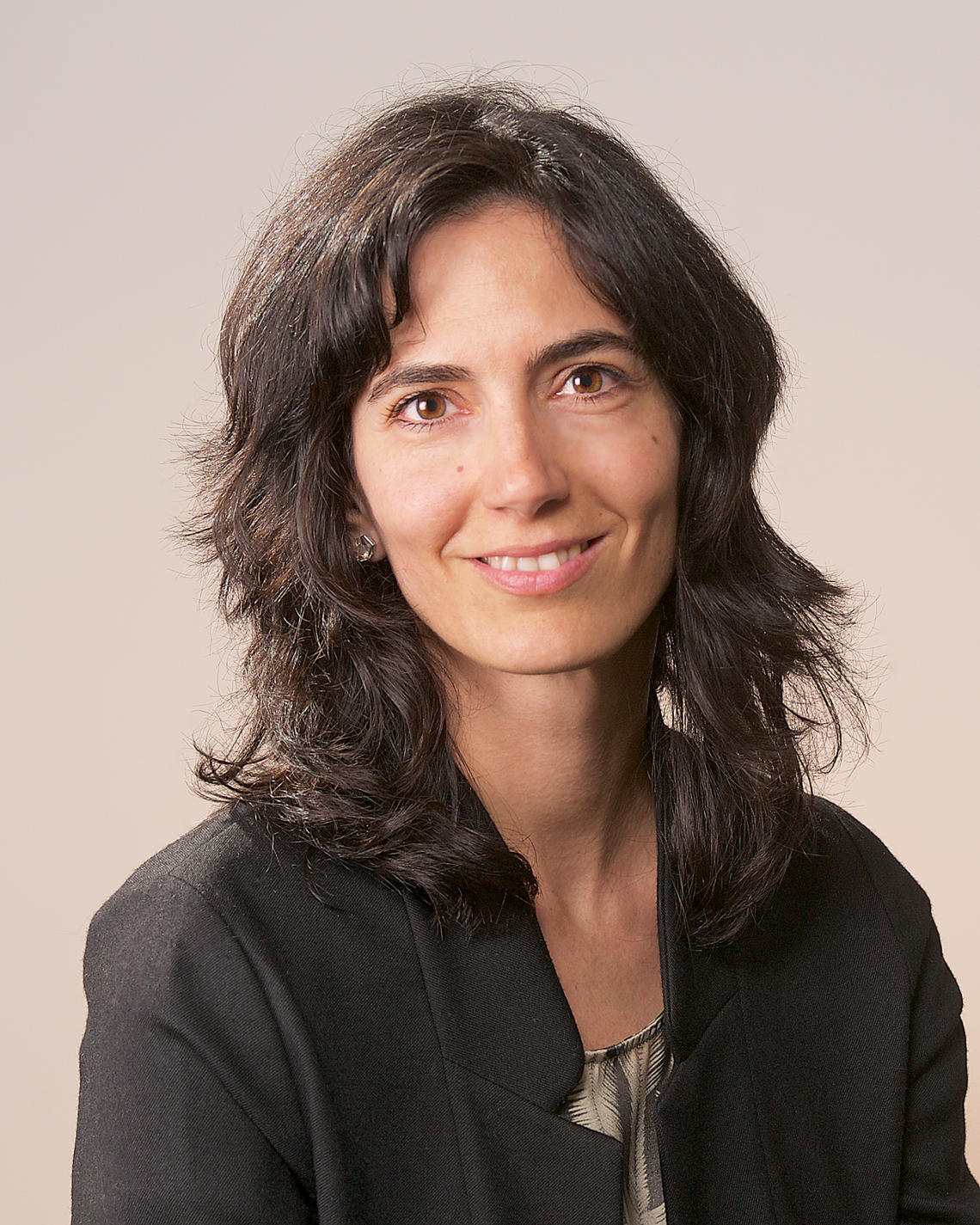Enrica Dall'Ara
Associate Dean, Planning and Landscape Architecture
Dr. Enrica Dall’Ara is the Associate Dean of Planning and Landscape Architecture and an Associate Professor at SAPL. She is also a landscape architect with a radical approach deeply rooted in service, advocacy, and interdisciplinary practice. Her Italian-based firm, PARC, has received numerous awards for its work in public space design, urban renewal, and landscape rehabilitation of industrial sites. She pushes for a reimagining of the potential of the discipline that engages with the poetics of landscape and its potential for service to life. Dr. Dall’Ara brings a unique perspective to her teaching, blending her extensive experience in landscape architecture with a commitment to advancing the field through innovative and culturally sensitive design.
Dr. Dall’Ara believes that the most effective landscape designs emerge from a dialogue between different fields. “I always enjoyed the vibrant conversations that were happening with, for instance, environmental engineers, biologists, and geologists in my Italian professional practice… It is critical that we teach our students to have this attitude.”
Dr. Dall’Ara also contributes to the knowledge of the field through practice-based research. “Even before coming here, I always considered my practice as research.” She inspires feedback from discussions with students, who she encourages to see their own designs as research.
Dr. Enrica Dall’Ara’s work at SAPL reflects a deep commitment to advancing the field of landscape architecture through a combination of radical innovation, cultural advocacy, and interdisciplinary collaboration.

Contact Info
+1 (403) 220-7075
Professional Faculties 3196
enrica.dallara@ucalgary.ca
Education
(Master Degree equivalent in Architecture) Laurea in Architettura, University of Ferrara, Italy
Master in Landscape Architecture (ETSAB, Polytechnic University of Catalonia, Spain)
PhD in Landscape Design, University of Florence, Italy
Keywords
- Practice-based research
- Service landscapes
- Public space design
- Places of life
- Site-specific landscape design
Memberships
Canadian Society of Landscape Architects - CSLA
Alberta Association of Landscape Architects - AALA
Associazione Italiana di Architettura del Paesaggio - AIAPP / Italian Association of Landscape Architecture
Ordine degli Architetti, Pianificatori, Paesaggisti e Conservatori / Association of Architects, Planners, Landscape Architects and Curators - Province of Forlì-Cesena, Italy
